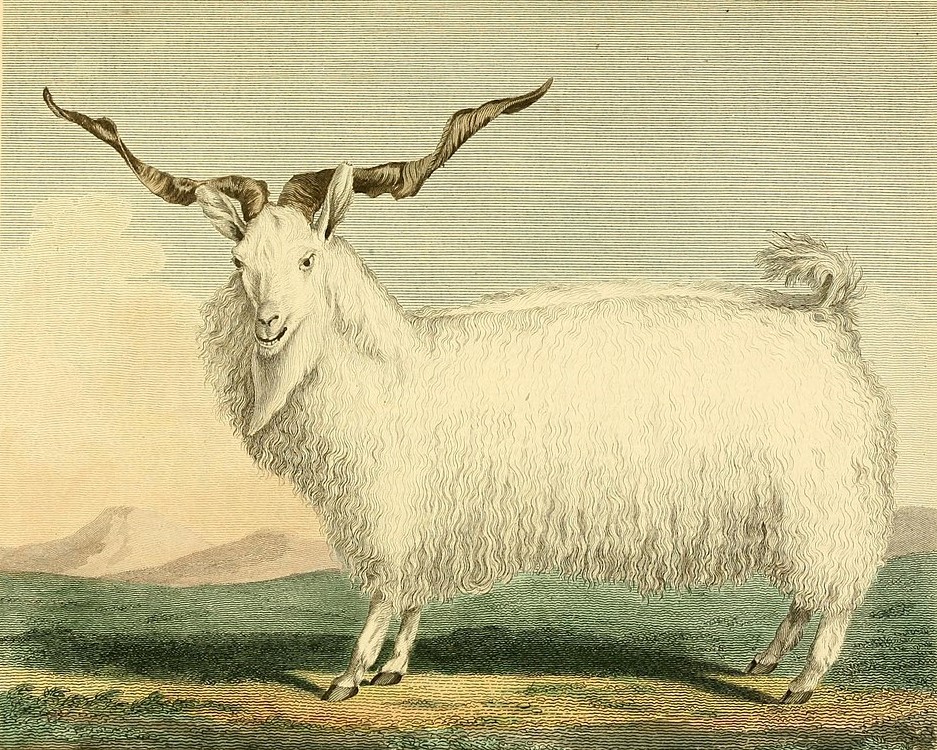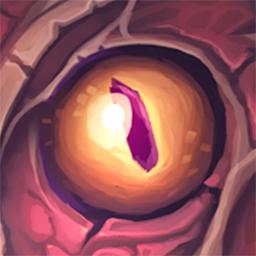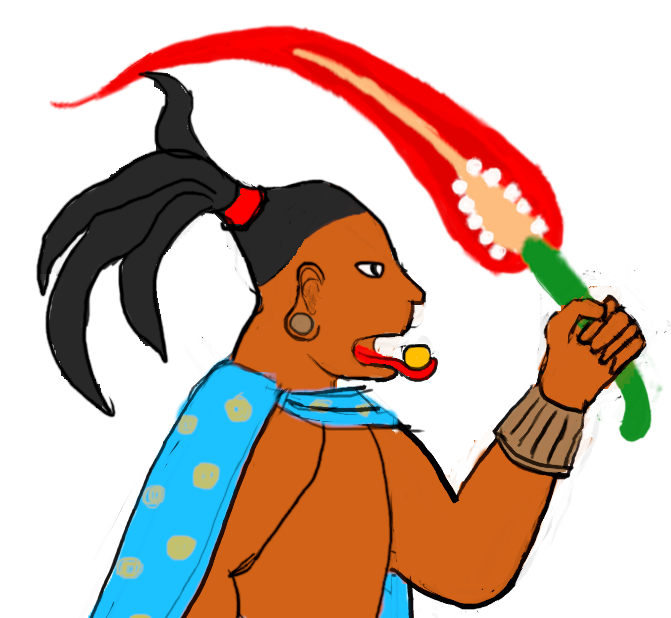Clerical fabrics
Goat wool is the main clothing material used on the Southern Continent. Most wool is harvested from regular goats, although there are some breeds that have been bred for more effective wool production. The clerical fabrics of the Áçäwal temples are of the finest type of wool textiles. They are a precious trading product for the Ara people, and also believed to hold the blessings of the divine in them.
This sacredness of the weaving process is one reason, why men are seldom allowed to join the monastic order, and even then they cannot participate in this work.
However, more importantly the correct producing of the textiles grant the Sisters the favour of the Goddess, and because the Áfawarsal is the divine controlling the fates of everyone, losing that would doom the whole nation into misfortune.
Gathering
The wool is grown by a special breed of goat, the long red, or laum aren in Nem (see: goats). This breed of goat is only kept in the highlands and is not known by other peoples, ensuring that the Ara have a monopoly for its wool. The wool is sheared twice a year, and then the best quality is send to the temples.Spinning & Weaving
The crude wool is produced into yarn and fabrics in the monasteries by the Sisterhood. The wool that is intended for the highest quality use, the clothing of the priesthood and royalty, is only allowed to be handled by the young virgin sisters of the monastery. This is believed to keep the fabric pure of the influence of other spirits, and grant Áfawarsal's blessing to the wearer of the clothing.This sacredness of the weaving process is one reason, why men are seldom allowed to join the monastic order, and even then they cannot participate in this work.
Exporting
The finest fabrics are used for the clothing of the priesthood, or sent as presents to the royalty of the Aramacänten. Lower quality products are sold to the general population, or exported abroad. The Ara wool products are held in very high regard by the Farens.Source of power
The production of fine wool textiles is the temples' main source of income. This industry has provided them with a lot of wealth, making them the most powerful organisation save maybe the Mountain kingdom itself.However, more importantly the correct producing of the textiles grant the Sisters the favour of the Goddess, and because the Áfawarsal is the divine controlling the fates of everyone, losing that would doom the whole nation into misfortune.
Type
Organic
Related Locations
Related Species
Related Professions
Common wool textile production
- Combing Once a year, in the spring, when the temperatures warm up, the goats begin to shed their winter coat. Then people, usually children, go out to the pastures and comb all the flock, to gather the wool. The goats tend to enjoy the special attention and scratches they get in the process.
- Washing Next the wool is washed, to remove any impurities from the wool.
- Sorting and taxation Next the wool is sorted. The finest wool is required to be payed as taxes to the Áçäwal temples, who use it for producing the clerical fabrics.
- Spinning Next, thread is spun from the wool. Different types of thread are produced, depending on the type of wool and the purpose.
- Weaving, knitting and sewing Resulting yarn is weaved or knitted into textiles. Both spinning and weaving are considered a women's job in Ara culture, but the men also participate in sewing the clothing from the finished fabrics. Commonly men sew the clothing for the men, and women the one for the women
- Dyeing additionally the wool, yarn, or resulting clothing can be dyed. The Ara have the access to wide variety of natural and mineral dyes, and like bright colours.






If only the best quality is sent over the temples, what stops people from making stuff with the other wool to avoid having clothes out of "clerical fabric"? Or is only clerical fabric because is blessed or something?
Summercamp 2024
Here we go again, for the sixth time
Good question! The Áçawals are also the center of education for woolworking, so they can produce the highest quality handcrafts. Anyone can make clothing, but it wouldn't be as good! The herders are also superwised to make sure they don't steal wool that is meant for the monasteries. And yes, half of the fancyness comes with the blessing. I'll have to expand on that, thanks for the comment! :)